El cambio estratégico de la VDI tradicional a las aplicaciones y escritorios virtuales modernos para optimizar el coste total de propiedad y el cumplimiento normativo
Los líderes de TI en el sector de la salud reconocen que las soluciones de escritorio modernas deben ofrecer acceso seguro a las aplicaciones y adherirse a los principios de Zero Trust.. Si bien Omnissa Horizon ofrece sin duda estas características, la pregunta clave para 2026 es: ¿qué grado de complejidad, coste y agilidad presenta ese conjunto de características a la hora de implementarlo, gestionarlo y ampliarlo?
El principal desafío para las organizaciones de salud es mitigar las consecuencias financieras de la compra de VMware por parte de Broadcom y la dependencia de Omnissa/VMware Horizon de V-Sphere o ESXi. Para 2026, la adopción de un modelo simplificado y centrado en el coste total de propiedad como Alternativa a VMware ya no es opcional; es esencial para la estabilidad financiera y la flexibilidad operativa.
Esta guía compara el complejo enfoque basado en componentes de sistemas como Omnissa Horizon con la arquitectura optimizada de las aplicaciones y escritorios virtuales modernos en los tres mandatos innegociables para la TI sanitaria.
Costo y control: el bloqueo de Broadcom y el verdadero costo de Horizon
El problema central que impulsa la búsqueda de una nueva estrategia de VDI es tanto el precio de Omnissa como el aumento del coste y la rigidez de las licencias de la infraestructura subyacente que utiliza. Esta dependencia crea un bloqueo financiero que limita su estrategia de TI a largo plazo.
| Componente arquitectónico | VDI heredada (Omnissa Horizon) | VDI moderna (ejemplo: Inuvika OVD) | La diferencia estratégica |
| Dependencia del hipervisor | Bloqueo forzado: Históricamente vinculado a VMware/Broadcom vSphere. Aunque Omnissa funciona con Nutanix AHV, también se trata de una solución premium y de alto coste. |
Agnóstico total: Funciona en plataformas premium. y hipervisores de menor coste como ProxmoxVE y Verge.OS, además de vSphere, AHV, etc. |
Libertad y TCO: Si dejas el alto coste de Licencias de Broadcom vSphere, tú eres obligados a emigrar lejos de Horizon. Las soluciones VDI agnósticas le permiten elegir la plataforma que mejor se adapte a su presupuesto. |
| Principal factor de coste | En Modelo de licencia de Broadcom vSphere se ha vuelto “loca”, haciendo que la infraestructura subyacente sea inasequible para muchos sistemas sanitarios. La versión más económica de Horizon se vende por usuario designado. | El coste básico es solo el usuario simultáneo licencia para la plataforma, que se basa en un sistema económico. Backend Linux. | Control presupuestario: El factor determinante del coste pasa del proveedor del hipervisor al proveedor de entrega de aplicaciones, lo que permite reducir significativamente el coste total de propiedad (TCO). |
| Coste del backend | Centrado en Windows; requiere costosas licencias de Windows Server y SQL. | Núcleo basado en Linux: Reduce la dependencia de las costosas licencias de Windows Server y SQL Server. |
Simplicidad y coste total de propiedad: Un backend Linux simplificado y de menor coste contribuye al conjunto. Hasta un 60% menor TCO en comparación con la pila heredada. |
La diferencia fundamental es estratégica: si su organización decide trasladar todas las cargas de trabajo de VMware a un hipervisor más económico, una solución agnóstica le permite hacerlo sin tener que eliminar y sustituir simultáneamente toda su capa informática de usuario final.
Seguridad y cumplimiento normativo: simplicidad integrada frente a complejidad de los componentes
Aunque ambas plataformas promueven el modelo Zero Trust, la diferencia radica en lograr un cumplimiento sólido con un coste y una complejidad mínimos. En materia de seguridad, la simplicidad reduce la superficie de ataque y minimiza los errores humanos, enemigos del cumplimiento normativo. Inuvika OVD cuenta con una única consola de administración, a diferencia de las múltiples consolas de Omnissa.
- Arquitectura Zero Trust: Las soluciones de escritorio virtual heredadas suelen requerir la implementación y gestión de múltiples componentes con licencias independientes (servidores de conexión, puertas de enlace de acceso unificado) para lograr una postura de confianza cero completa. Esto añade complejidad a la aplicación de políticas y a los registros de auditoría.
- Garantía “Air Locking” de VDI: Las soluciones modernas de escritorio virtual, como las que se encuentran en Inuvika OVD Empresa, integra Secure Gateway y Multi-Factor Authentication (MFA) directamente en la solución central. Es fundamental destacar que este diseño garantiza que ningún dato confidencial (PHI) resida nunca en el dispositivo terminal, un requisito imprescindible para un cumplimiento sólido de la HIPAA.
- Coste de la auditoría: El enfoque simplificado y con una única consola para la gestión de políticas y la seguridad integrada facilita enormemente la auditoría y la demostración del cumplimiento normativo ante los organismos reguladores, en comparación con la navegación por una infraestructura VDI distribuida y con múltiples componentes.
Alternativa para las tecnologías de la información en el ámbito sanitario
Agilidad en la innovación e independencia de los proveedores
La capacidad de integrar tecnologías emergentes como la IA generativa y respaldar modelos de atención híbridos a largo plazo depende totalmente de la agilidad de la infraestructura, una capacidad que el modelo VAD tradicional obstaculiza activamente.
- Agilidad para cargas de trabajo de IA: La IA requiere entornos virtuales especializados, a menudo basados en Linux y habilitados para GPU. La complejidad y la dependencia de un único proveedor de las VDI tradicionales ralentizan la capacidad de generar estas imágenes. Una plataforma VDI agnóstica garantiza que pueda aprovisionar imágenes VDI habilitadas para GPU en cualquier nube o hipervisor que elija su equipo de IA, en lugar de esperar a que Omnissa Horizon certifique otra plataforma premium más.
- Apoyo al ecosistema abierto: La arquitectura VDI moderna adopta soluciones abiertas y rentables. Al ser compatible con hipervisores como ProxmoVE, se obtiene acceso inmediato a un modelo de código abierto que ofrece un rendimiento de nivel empresarial sin el coste que ello conlleva, lo que permite una ampliación rápida y asequible de las iniciativas de atención híbrida.
Conclusión: El imperativo arquitectónico para las TI del sector salud
La decisión de buscar una arquitectura mejor no tiene que ver con la paridad de funciones, sino con elegir una plataforma que sea más sencilla, menos costosa y mucho más ágil. Al priorizar las plataformas basándose en estos principios, los responsables de TI pueden superar el elevado coste total de propiedad y la complejidad de las soluciones de escritorio virtual tradicionales para crear un entorno preparado para los retos de seguridad e innovación de 2026.
Para obtener más información sobre cómo una arquitectura basada en Linux puede modernizar sus espacios de trabajo clínicos y reducir el coste total de propiedad, Echa un vistazo a prueba gratuita de Inuvika OVD Enterprise para ver cómo puede reducir el TCO en un 60% y obtener una verdadera independencia del hipervisor.

